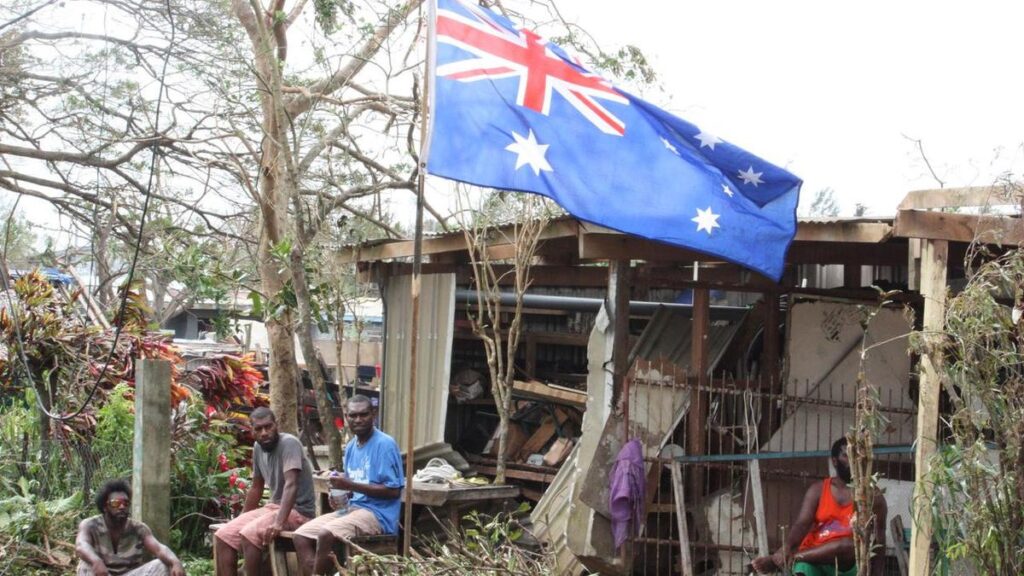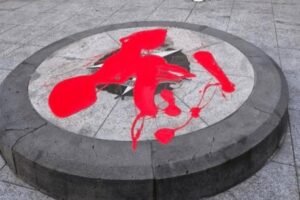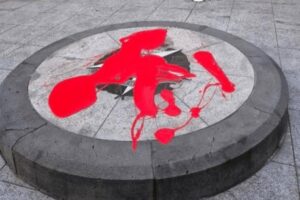
UPDATE: Australia is solidifying its position as the largest foreign aid donor in the Pacific, even as major partners like the US, UK, and New Zealand sharply reduce funding. New data from the Lowy Institute indicates that Australia’s aid levels are projected to plateau through 2028, helping to mitigate the impact of these cuts.
As other nations pull back, Australia’s commitment to infrastructure lending is set to increase significantly, reinforcing its dominant role in regional development. The latest analysis shows that by 2028, Australia could provide more than double the combined support from Japan, New Zealand, the United States, France, Germany, and the United Kingdom.
According to lead author Riley Duke, “Australia’s steady aid spending and rapid expansion in infrastructure lending looks set to cushion the Pacific from the impact of major donor cuts.” This forecast follows a troubling trend, as total foreign aid in the Pacific has dipped 16 percent to approximately $5.5 billion in 2023 compared to the previous year.
The data highlights a concerning shift in foreign aid dynamics, particularly after the Trump administration significantly reduced foreign aid to the region. In this vacuum, Australia is stepping up, accounting for a staggering 43 percent of official development finance in the Pacific, which is four times the amount provided by New Zealand.
China’s approach has also evolved, moving away from large, loan-financed infrastructure projects to more accessible grants and community initiatives. This strategy has allowed China to deepen its political and grassroots relationships in the Pacific, even as its overall aid spending remains flat. Duke commented, “China now spends less than it did a decade ago, but its aid reaches far deeper into Pacific communities.”
The USAID cuts have affected Washington’s influence in the region, according to project lead Alexandre Dayant. He stated, “While Washington steps back, Beijing is winning something far more strategic: narrative dominance.” For Australia, the diminishing US presence complicates its efforts to counterbalance Chinese influence in the area.
The Lowy Institute’s aid map compiles data from over 38,000 projects, reflecting a total worth exceeding $80 billion from 76 development partners. Australia is also collaborating with nations such as Chile, Fiji, Papua New Guinea, and Tonga to enhance responses to natural disasters affecting the Pacific.
In a recent gathering, Defence Minister Richard Marles attended the 2025 South Pacific Defence Ministers’ Meeting in Chile, where attendees agreed to advance plans for a Pacific response group established the previous year. The next phase aims to implement a year-round, shared location model, with New Zealand leading the regional headquarters starting mid-2026.
This evolving landscape of foreign aid highlights Australia’s strategic response to regional challenges and its commitment to maintaining influence in the Pacific amidst shifting partnerships. As the situation develops, stakeholders are closely watching how these dynamics will shape the future of aid and diplomatic relations in the region.







